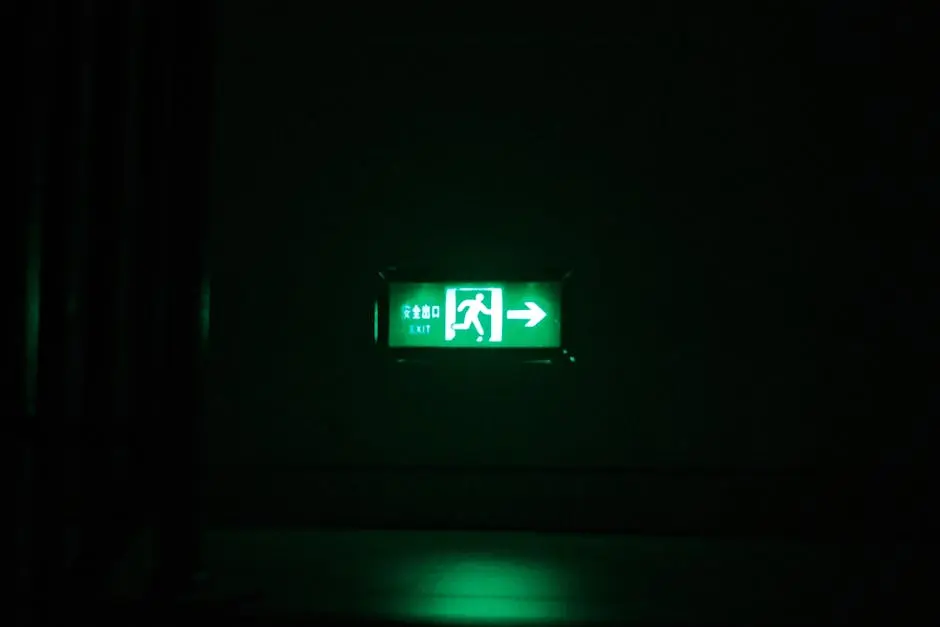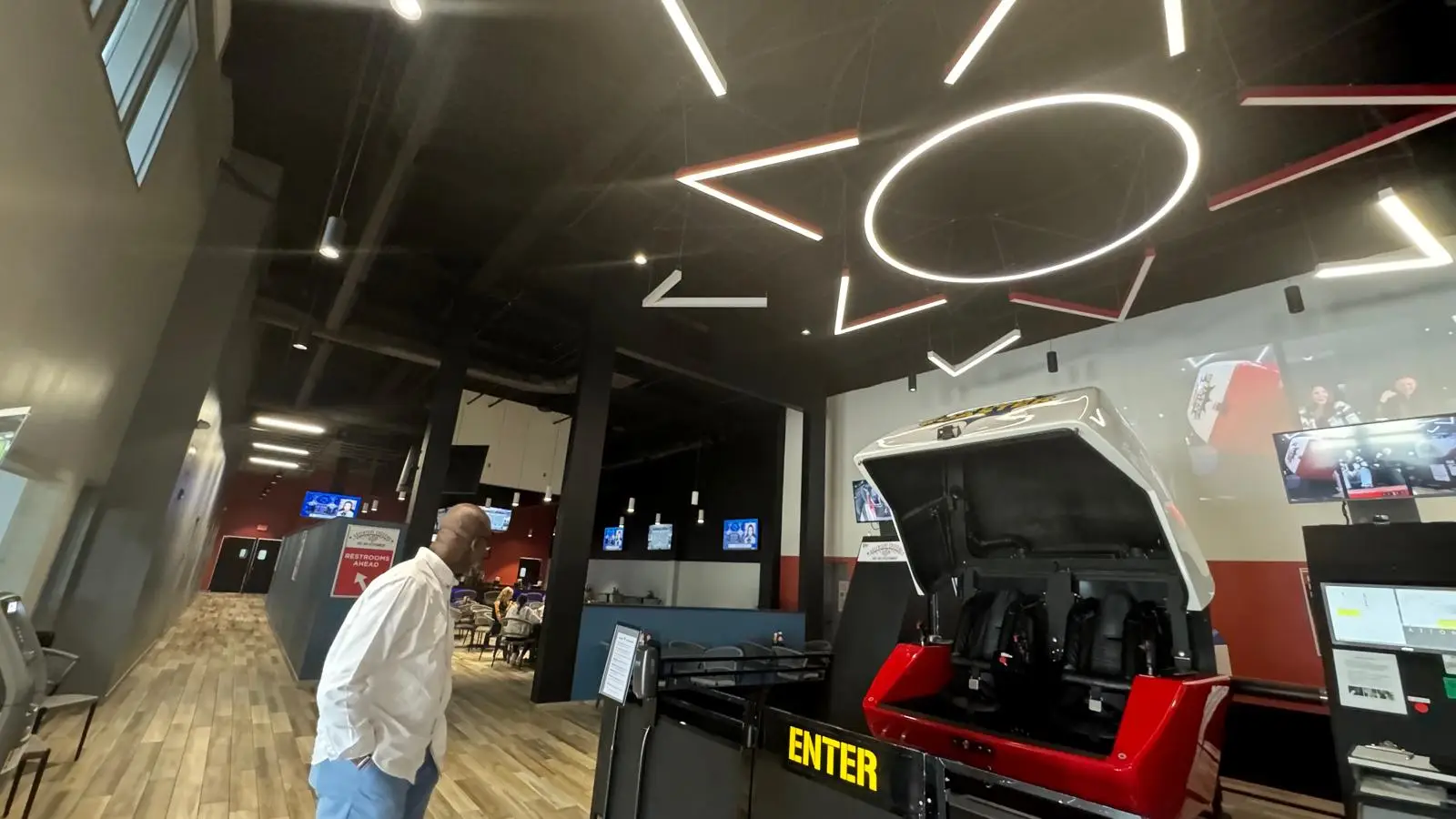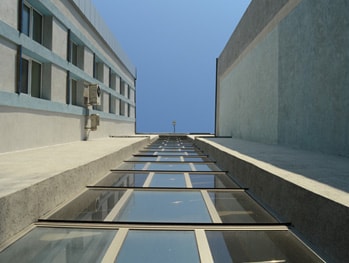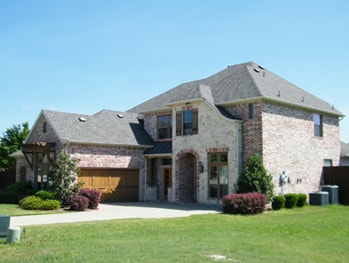Exploring the Hidden Benefits of Emergency Lighting Systems
Emergency lighting systems often go unnoticed until they’re truly needed. However, the benefits they provide extend far beyond just lighting up dark corridors during a power outage. These systems can enhance safety, comply with regulations, and even improve the aesthetic appeal of a space. In this blog, we will explore the multifaceted advantages of implementing effective emergency lighting solutions in various settings, shedding light on why they are a vital component of any building’s safety infrastructure.
Understanding Emergency Lighting Systems
Emergency lighting systems serve an essential function during dark moments, especially when the primary lighting fails. These systems unite various components, from illuminated exit signs to backup battery lights, all designed to assist individuals in navigating safely out of a facility when visibility is compromised. In essence, they are the lifelines that guide people to safety, ensuring that no one is left in the dark.
Moreover, these systems are not merely functional; they are also adaptable. The technology behind emergency lighting systems has evolved dramatically, integrating energy-efficient LED lights that not only facilitate visibility but also save on energy costs. This flexibility allows installations in diverse environments, from sprawling commercial spaces to intimate residential settings, each equipped to meet unique safety demands.
Understanding the various types of emergency lighting options available is crucial for effective implementation. Some systems use battery-powered lights that activate automatically during power failure, while others might be hardwired into the building’s electrical system. Each option presents its own benefits, allowing property owners to select a solution that aligns with their specific needs and compliance requirements.
The Importance of Safety and Compliance
Safety compliance is paramount in any establishment, making emergency lighting systems not just beneficial but often mandatory. Many local and national building codes require adequate emergency lighting to safeguard occupants during emergencies. Non-compliance can lead to hefty fines and increased liability in the event of an incident. Thus, understanding and adhering to these regulations can protect both lives and assets.
Moreover, effective emergency lighting provides a sense of security and reassurance. Knowing that there are reliable systems in place during an emergency enables inhabitants to focus on evacuating safely rather than worrying about the risks posed by poor visibility. It’s a psychological factor that significantly impacts how individuals respond in critical situations.
In addition to legal compliance, emergency lighting enhances your overall safety culture. Businesses that actively prioritize safety are viewed more favorably by employees and customers alike. This proactive stance fosters trust and loyalty as people recognize the value placed on their wellbeing, creating a positive feedback loop that encourages further improvement of safety measures.
Furthermore, the implications of emergency lighting extend beyond compliance; they can also reduce potential liability in the case of accidents. By providing clear paths and visibility, property owners can demonstrate an active commitment to safety that can be crucial in legal situations. This not only safeguards against legal repercussions but also supports a culture of safety and responsibility in workplaces and public spaces.
Enhancing Visibility During Emergencies
During emergencies, visibility can be severely compromised, leading to confusion and panic among occupants. That’s where emergency lighting systems step in; they illuminate critical paths, helping people navigate towards exits rapidly. Time is of the essence during any emergency, and every second counts. A well-designed emergency lighting system ensures that escape routes are not only marked clearly but also visible, even under the most challenging conditions.
Moreover, emergency lights can enhance visibility in otherwise dark or obstructed areas, providing crucial guidance. In larger buildings, such as hotels or office complexes, emergency lighting can provide essential visual cues that direct people in a more efficient manner. This increased visibility is vital in reducing panic, managing crowds, and facilitating smoother evacuations.
Interestingly, the benefits of emergency lighting systems extend beyond emergencies. Their presence can also enhance visibility during non-emergency situations, such as providing illumination for cleaning or repairs. This versatile use further justifies the investment in quality emergency lighting, as they serve multiple purposes while enhancing overall safety and functionality.
Types of Emergency Lighting Solutions
Emergency lighting solutions come in various shapes and forms, each designed to address specific requirements. A common type, the exit sign, is often illuminated with a clear green or red light. These signs clearly indicate exit routes, guiding occupants to safety. Essential in almost every commercial building, they are mandated by safety regulations and provide immediate visibility.
Battery-operated emergency lights are another prevalent solution. Upon power failure, these lights illuminate automatically, providing reliable illumination even when the main power source is interrupted. They are particularly advantageous for their independence from the building’s electrical system, ensuring they activate when most needed.
Furthermore, there are specialized systems such as integrated emergency lighting that combines regular and emergency light sources. These systems simplify maintenance and reduce clutter by consolidating lighting solutions into one platform. With these innovations, property managers can maintain an organized design while ensuring that adequate lighting is always available during emergencies.
Lastly, consider advanced solutions like grid-powered emergency lights that receive a permanent power supply, ensuring they remain charged and operational. These units may be particularly suitable for larger facilities, capable of lighting expansive areas effectively and helping large groups of individuals traverse to safety.
Cost-Effectiveness of Emergency Lighting Systems
While the initial investment in emergency lighting systems can seem significant, the long-term cost-effectiveness often outweighs the upfront expenses. By reducing potential liabilities, improving safety, and potentially lowering insurance premiums, property owners often find that these systems pay for themselves over time. Investing in quality emergency lighting is not just about compliance; it’s also about financial prudence.
In terms of maintenance, modern emergency lighting solutions are designed to operate more efficiently, utilizing energy-saving technologies such as LED bulbs. These lights not only consume less electricity but also require less frequent replacement than traditional bulbs, further reducing operating costs. Moreover, many systems can self-diagnose, alerting property managers if maintenance is needed, which reduces the likelihood of systems failing when they are most needed.
Additionally, having an effective emergency lighting system may enhance property values by ensuring that buildings meet safety regulations. A property equipped with these systems is more attractive to potential buyers or renters aware of their safety features. In a market where safety is paramount, being able to demonstrate a commitment to emergency preparedness can differentiate a property from the competition.
Aesthetic Benefits and Design Considerations
While emergency lighting systems are essential for safety, they can also contribute to the overall aesthetic of a space. Modern designs provide options that blend seamlessly with interior decor rather than detract from it. Sleek, low-profile fixtures can enhance a building’s visual appeal while serving their purpose functionally. By selecting stylish fixtures, property owners can ensure that safety components harmonize with the aesthetics of their space.
Moreover, energy-efficient lighting options such as LEDs come in a variety of colors and can be integrated into the interior design, serving both roles simultaneously. When carefully chosen, these lights can create a welcoming atmosphere, improving the overall experience of visitors and occupants. With today’s advancements, safety doesn’t have to compromise style.
Incorporating emergency lighting into the design planning stages can also provide a cohesive look throughout a building. By considering the layout, decorative elements, and intended atmosphere, designers can align emergency lighting with the overall vision, ensuring that all elements work in harmony. This strategic integration can elevate the appearance of a space while prioritizing safety.
Regular Maintenance and Upkeep
Regular maintenance is crucial for emergency lighting systems to ensure they function effectively when needed. Routine testing and inspections of these systems can help identify any issues before they become serious problems. Most regulations stipulate that these systems must be tested at least annually to ensure compliance and reliability.
A simple maintenance checklist can include assessing battery life, inspecting bulbs, and examining the overall condition of the fixtures. When performing these checks, it’s vital to replace any burned-out bulbs immediately and address any signs of wear and tear. This proactive approach can prevent more significant issues and ensure that systems remain operational.
Furthermore, many manufacturers provide guidelines and tools for effective upkeep and maintenance. Utilizing these resources can streamline the process for property managers and maintenance personnel, making it easier to conform to safety standards. Creating a regular maintenance schedule will also help maintain the reliability of emergency lighting systems and keep occupants safe.
Final Thoughts on Emergency Lighting Benefits
In conclusion, the advantages of emergency lighting systems are both practical and significant. Beyond just providing light in times of crisis, they play a crucial role in safety, compliance, and even ambiance. By investing in these systems, you’re not just adhering to regulations, but actively ensuring the wellbeing of everyone who enters your space. Remember, a well-lit escape route can make all the difference in an emergency situation.

 Previous Post
Previous Post Next Post
Next Post




